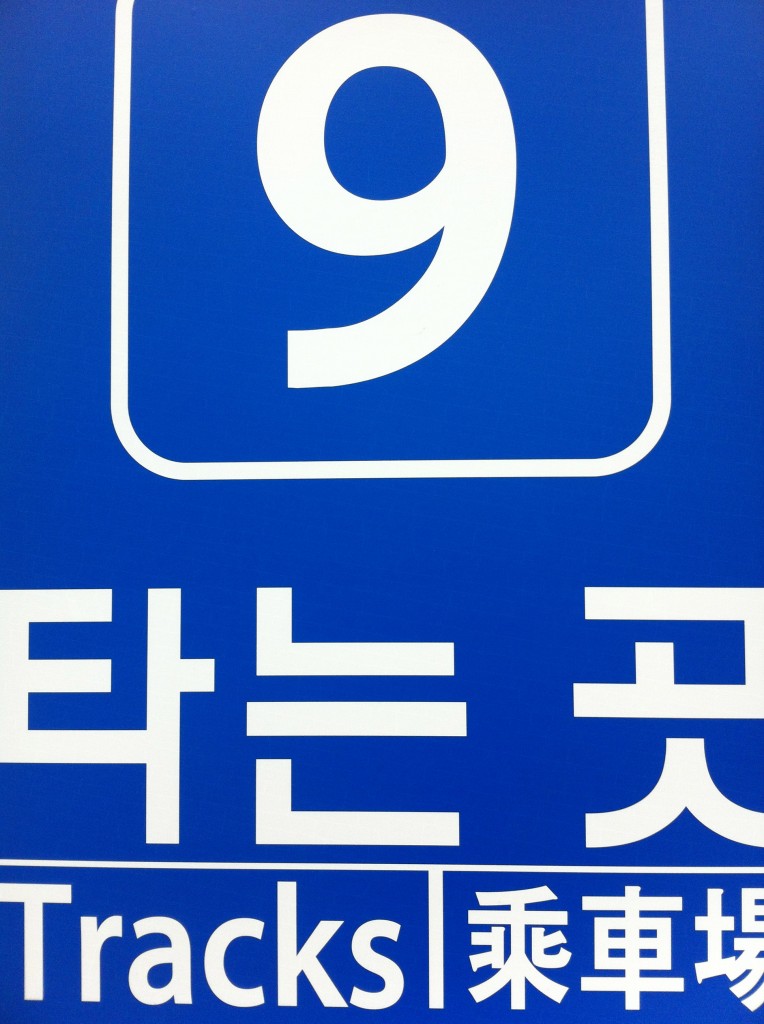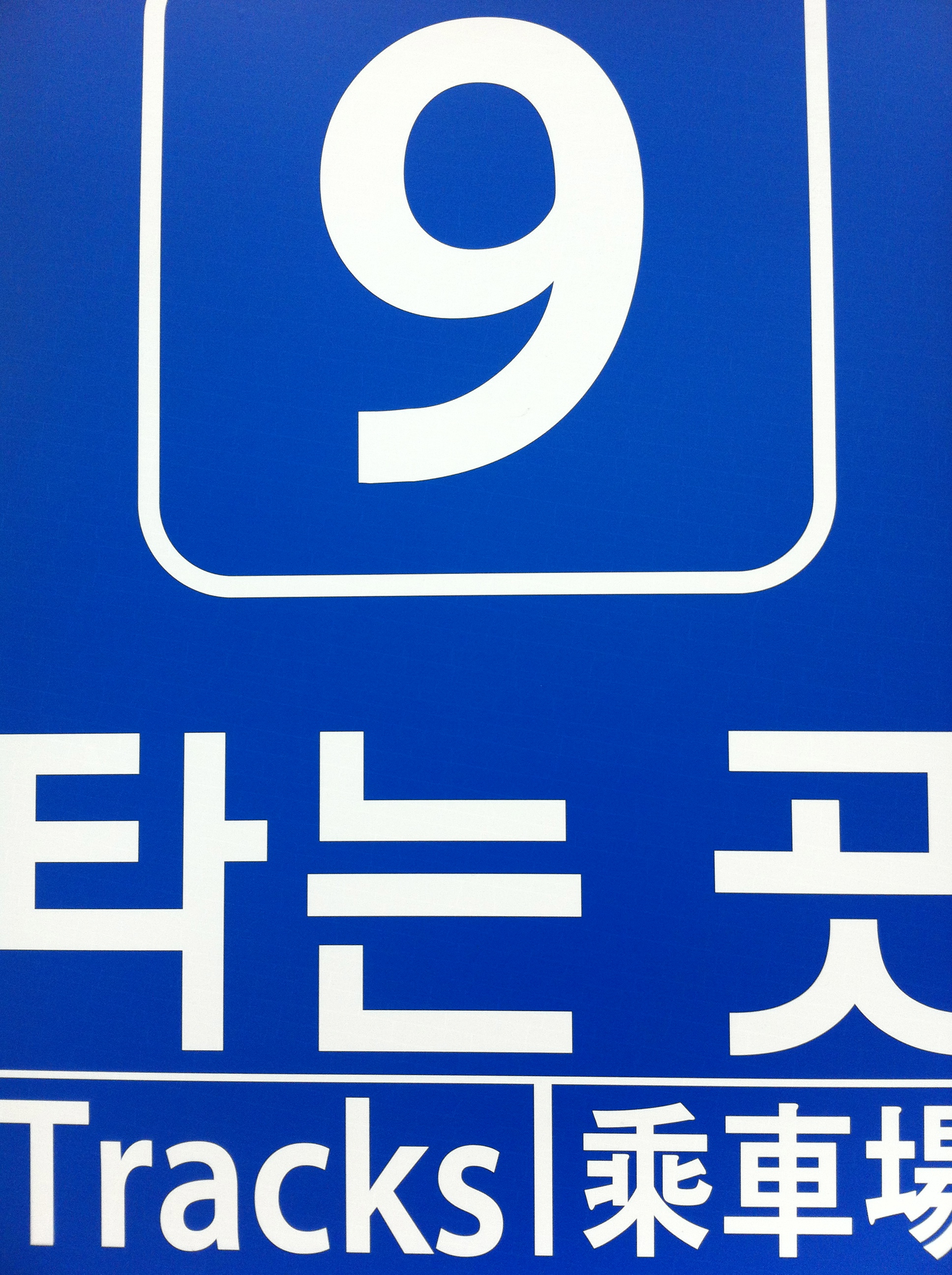
I Like Writing Books and I Cannot Lie
I feel far enough along with it to not feel like I am jinxing it by mentioning it here. I am writing a book. And by far enough along, I mean I have the first draft about done and am working with my wildly creative architect/designer sister to illustrate this book. She did the color scheme and logo for this site and does quite a lot of other work in the realm of design. Once this aforementioned book is edited and rewritten, illustrated and formatted, I will be distributing it via Amazon (more than likely) or through an alternative service (intrigued by this configuration of Dropbox for selling content). I will be charging for it, but at a much lower price point had I been eager to go through the traditional publishing route. I considered distributing it for free, but I am a PhD student, currently without gainful employment, paying exorbitant international rates in London. Consider the cost a sort of work/relief scenario or public assistance. I intend to have it up on Amazon available for purchase by the end of the summer.
The subject, perhaps not surprisingly, is mobile learning field activities, or how we can use mobile technology to stimulate learning in situ along the disciplinary lines of the Humanities. I will be releasing bits and pieces of it here on this site as I think some of it has immediate relevance for those teachers or learners who are considering using mobile technology for a few projects, but aren’t exactly sure how to get started. The book attempts to sit somewhere between pure academic theory (designed for other academics) and a pure How To Guide (for teachers or enthusiasts). I am trying, awkwardly at times, to position mobile learning as a philosophical as well as a technological stance. Mobile learning as transformative of the space and habitus of the learner (drawing from Kress & Pachler there). I am in no doubt inspired by the works of Sharples, Traxler, Winters, Hjorth, Potter, and Farman (only two of these are my supervisors). Farman’s book in particular was encouraging as it was one of the first, I thought, to begin to position mobile learning in a theoretical realm of creation and curation (and locative media).
I am less concerned with how to document or observe and more focused on how to enact mobile learning in the field. By the field, I mean spaces outside the classroom. A street, a neighborhood, a home, a city. These are my domains in this book. I am including one of the bits I just wrote as I think it has some overall relevance to the group I worked with recently in Helsinki and to anyone wanting to demonstrate that the Humanities and mobile technology are a match made in heaven. It has to do with inserting reflective activities throughout any mobile learning activity and mixing up the manner in which they are delivered and answered. For example, the teacher can stimulate reflection with occasional prompts into methods of selection (why this media? what that tool? etc.), data use and copyright (who owns this data? can it be downloaded?) and presentation (why a mosaic and not a mashup? Why is this media object foregrounded and that backgrounded? How does that advance what you want to know?).
Reflection is the cornerstone of these mobile learning field activities as I see them, whether as a textual reflection (notebook, digital or analog), a representative image with metadata (metadata is reflective and referential in nature), an audio reflection (as a podcast, audio memo, or recording a call as a post a la Tumblr). Reflection brings process to the surface, makes it conscious, and that is the beginning of the transformation of learning into an active, almost aggressive pursuit of understanding and representation. So here is a short bit from my book discussing reflection, something I return to in almost every chapter.
(Perpetual) Reflection
I have mentioned reflection many times so far in this book, but I think that discussing it directly with your learners at this stage of the mobile learning field activity is useful. The goals of reflection in this activity are varied, but mostly they fall under some of these general ideas:
- Making visible learning- reflection forces the learner to make their learning practices visible to themselves (and others, depending on the social interaction encouraged by the teacher). Forcing learners to reflect turns semi-conscious activity into conscious activity, forcing things to the surface so to speak. What that does is allows learners to see the role of intention in their creativity and their work. That those who create are not necessarily naturally gifted or preternaturally inclined to these types of creative activities, but are merely enacting, intentionally, representation. Reflection forces learners to see the gears of the machine working; it transforms a view akin to alchemy to one more akin to chemistry (ie, we see method).
- Course correction- reflection, by making visible learning, also encourages course correction in approach, process, and purpose. This is especially important in a mobile learning field activity as it is large and has many working parts. Without reflection, we cascade through all of this with little to no control. With reflection, we are able to stop and see whether what we have enacted is answering what we want it to answer and course correct if not. Teachers can stimulate this course correction merely by asking “What would you have done differently?”
- Benchmarking- reflection also supplies benchmarks for learners to see their progress through a project and overall as a learner. It signposts a time when they were less comfortable with a specific tool or media or representation and provides evidence to contrast against when they are more comfortable with it.
- Cohesion- reflection lends itself to cohesion. With these multimodal compositions, it is very easy to lose sight of cohesion, or how all the elements work with one another to create a larger meaning. Reflection enables this process by forcing the learner to justify their selections of media, tools, assembly, location, and even purpose. Keeping all of these elements near the conscious realm allows the semi-conscious state to begin cohesively assembling the answer, the combination that makes it all work somewhere.
So there are many goals and types of reflection and there are many places to insert it into the mobile learning field activities. I have found that the easiest way to structure the reflection into your learning design is to break up into discrete chunks of activity. This can be done by merely breaking activity up into Before, During, and After the mobile learning field activity. I thought about giving them sexier titles, but I couldn’t think of any.
- Before– Most of the reflection we have discussed so far has been at this stage of reflection. What tools to use, what location to choose, what is our purpose, all of these are potential reflective activities. Have your learners reflect in whatever (accessible) means you wish, from a blog, to a notebook, to an audio note (or podcast) to an image or a workflow. All of these are perfectly acceptable reflective activities. Remember that the purpose of this is to keep behavior up near the conscious level, so any number of modes will be sufficient in doing so. I do believe it is important to have your learners reflect pragmatically on the following:
- What tools will you use? Do you own the data in those tools? What will you do if the tool disappears? Since these applications appear and disappear with great regularity, this has been foregrounded as a great need in our learning.
- How do we assess our tools, the advantages, disadvantages, and risks involved in their use? Merely asking the question of your learners enacts the beginnings of the answer.
- During -This is where the idea of a field notebook (digital or analog) comes in handy and adheres to an existing disciplinary practice. Many disciplines use field notebooks as evidence and data gathering tools and mobile technology can be viewed merely as an extension of that. So having learners take notes on what they are collecting and how it answers their questions while they are collecting it adheres to disciplinary practice and immediately coalesces the data and the purpose. There is no time lag between collecting and analyzing the data; with these mobile learning field activities that process begins right away. Reflection in this way can take many forms (even within a field notebook). We can call the metadata the learner provides for each media object a form of reflection. We reflect on location, description, significance, tool used to collect the data, theme, tags (which are all metadata fields). So reflection conducted during the activity can adhere to the practices of the discipline (field notebook) and of the practices of information (metadata), all with relative ease. Teachers can enact this by asking their students to collect descriptive and explanatory data for each object they collect while they collect it.
- After– The largest reflective activity conducted after the field activity is the assembly itself. Learners will take stock of their collected data, analyze it, assemble it, and present it. Each of these stages is a reflective activity so the teacher needn’t be too demanding in terms of additional reflective activities at this stage. In the presentation of the assembly (the composition), the learners will be asked to justify their composition so they will be reflecting throughout this stage to ensure that they satisfy the scrutiny.


I cannot wait to buy/read it! (and loving the feel of the designs I saw of your sister)
Thanks, Inge! First draft is done. Now just revising/rewriting/proofreading as my sister pulls together the illustrations. Not too much longer now!
[…] offers something for anyone interested in the field of mobile learning. I wrote about it a bit in my last post. I also had mentioned in that post how I am collaborating with my architect/designer sister on […]